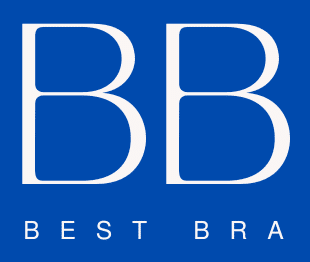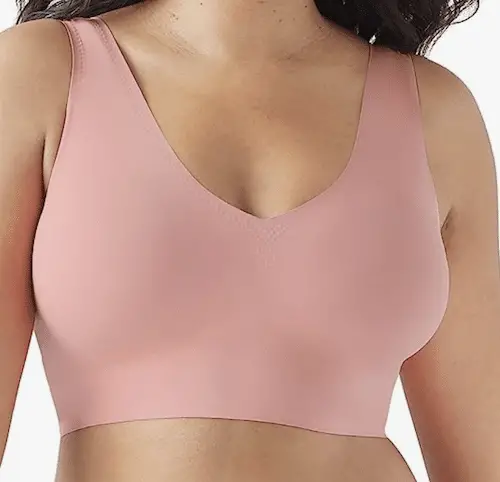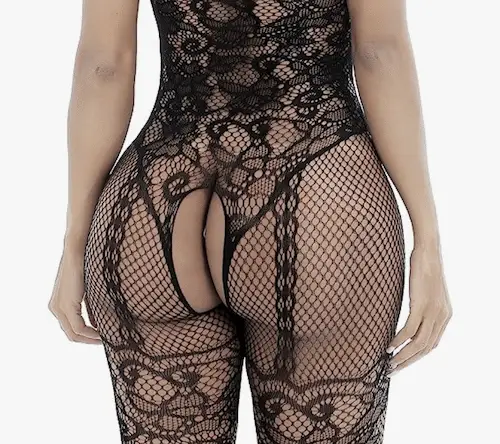Table of Contents
Finding your perfect bra size can be tricky so this article provides step-by-step instructions on how to properly measure your bra size and find a bra that fits well. We include tips on how to determine your band size, cup size, and any other measurements that might be important.
We also provide information on how to adjust the fit of a bra if it is too loose or too tight, and how to tell if a bra is the wrong size for you.
Finding the right bra size can be a challenge, as every woman is different and bra sizes can vary by brand. However, with the right tools and information, you can find a bra that fits well and provides the support you need. Here’s the ultimate guide to finding your perfect bra size:
H2: Measure Your Band Size
To find your band size, you’ll need a flexible measuring tape and a non-padded bra. First, measure around your ribcage, just under your bust, using the measuring tape. Make sure the tape is level and not too loose or too tight. If the measurement is an odd number, add 5 inches to find your band size. For example, if you measure 31 inches, your band size would be 36. If the measurement is an even number, add 4 inches. For example, if you measure 32 inches, your band size would be 36.
H2: Measure Your Cup Size
To find your cup size, you’ll need a flexible measuring tape and a non-padded bra. First, measure around your bust at the fullest point, using the measuring tape. Make sure the tape is level and not too loose or too tight. Then, subtract your band size from your bust measurement. The difference will correspond to your cup size, using the following chart:
- 0 inches = AA cup
- 1 inch = A cup
- 2 inches = B cup
- 3 inches = C cup
- 4 inches = D cup
- 5 inches = DD cup
- 6 inches = DDD/E cup
- 7 inches = DDDD/F cup
For example, if your band size is 36 and your bust measurement is 39 inches, your cup size would be a C cup (39 – 36 = 3 inches).
To adjust the fit of a bra, follow these steps:
- Begin by fastening the bra on the loosest hook. As the bra stretches over time, you can adjust to a tighter hook for a better fit.
- Adjust the shoulder straps so they feel comfortable and provide the right amount of support. The straps should not be too tight or too loose.
- Make sure the underwire sits flat against your chest and does not dig in or poke out. If the underwire is uncomfortable, try a different size or style of bra.
- The cup should fully enclose your breast without any gaps or overflow. If you have gaps or overflow, try a different size or style of bra.
- Finally, adjust the back strap so it sits horizontally across your back. The band should be snug but not too tight. It should be level with the front of the bra and should not ride up.
Remember, every bra fits differently and it is important to try on a bra before purchasing to ensure the best fit.
Summary version
To measure for a bra, follow these steps:
- Wear a non-padded bra and take off any bulky clothing.
- Measure around the rib cage, directly under the bust. Make sure the tape measure is level and fits comfortably, without being too tight. Round this measurement to the nearest whole number. This is your band size.
- Measure around the fullest part of your bust. Make sure the tape measure is level and fits comfortably, without being too tight. Round this measurement to the nearest whole number. This is your bust size.
- Calculate your cup size by subtracting your band size from your bust size. For example, if your band size is 34 inches and your bust size is 36 inches, your cup size would be a 34B (2 inch difference = B cup).
- Use the bra size chart to find your bra size. Bra size charts vary by brand, so be sure to use the chart provided by the bra manufacturer.
Remember, every bra fits differently and it is important to try on a bra before purchasing to ensure the best fit. It is also a good idea to get measured by a professional bra fitter or to visit a store that specializes in bra fitting to find the perfect bra for you.


